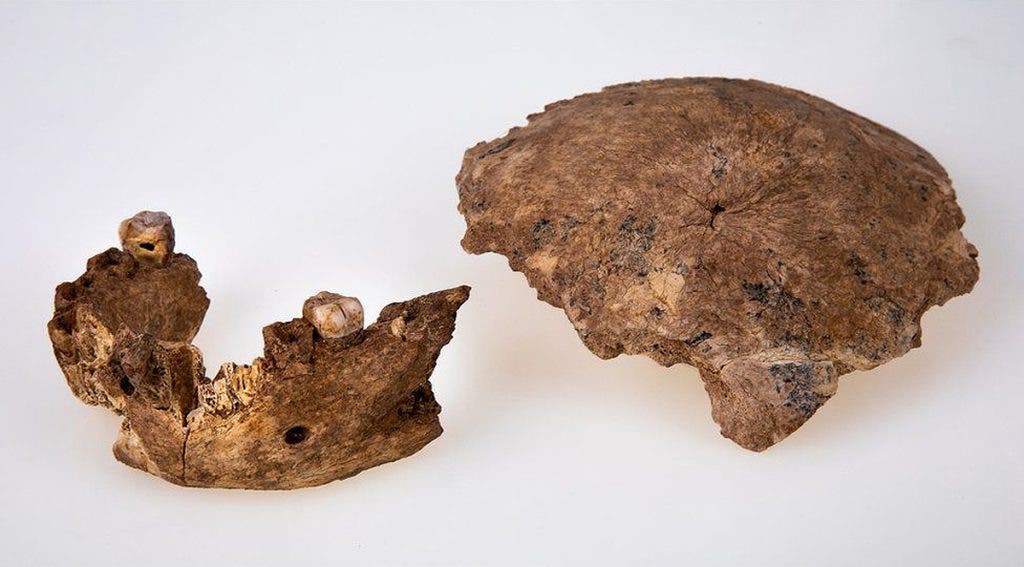More than 120,000 years ago, a mysterious human spent their days hunting and making stone tools in what now Israel. They looked more like Neanderthals and likes like the modern humans who were also living in the region at the time. So who were they? New fossil evidence in Israel is now helping to crack this very intriguing mystery.

A new player enters the game
“This work shatters the simple picture of modern humans coming out of Africa and Neanderthals living in Europe. The picture is much more complex,” Yossi Zaidner, co-author and researcher of one of the new two papers, told The Guardian. “The idea is what we catch here are the last survivors of a population that contributed to the development of Neanderthals.”
A group of researchers may have identified a previously unknown type of ancient human that lived alongside our species thousands of years ago. They unearthed fossilized bones (a partial skull and a jaw) from an individual near the city of Ramla in Israel, which they argue represents one of the last survivors of a very ancient human group.
The bones have a distinctive combination of Neanderthal and early human features which set them apart from the Homo sapiens that lived in the region at the same time. The researchers have named this newly discovered lineage the “Nesher Ramla Homo type,” which they believe played a previously unknown important role in human history.
The general picture of Neanderthal evolution had in the past had been linked closely with Europe, as the oldest fossils have been found there. But recent studies have raised doubt on that initial assumption, raising the possibility of a previously unknown mysterious group of extinct humans that shaped the evolution of our heavy-browed relatives.
“The discovery of a new type of Homo is of great scientific importance,” co-author Israel Hershkovitz told ABC. “It enables us to make new sense of previously found human fossils, add another piece to the puzzle of human evolution, and understand the migrations of humans in the old world. The Nesher Ramla people can tell us a fascinating tale.”
An impressive finding
The researchers created digital reconstructions of the fossils and compared them to ancient human remains from Africa, Asia, and Europe. The skull of the newly discovered hominin was thicker and flatter than that of modern humans and Neanderthals, but the jawbone and teeth were similar to both Neanderthals and other ancient fossils.

The bones were found in a sinkhole that was filled by the time the excavation was done. But in the past, the hole is believed to have contained water and attracted animals, which in turn brought humans who hunted the beasts. The researchers also found stone flakes and points, which date to between 120,000 and 140,000 years old, according to a second paper the researchers published.
“The hominin fossils from Nesher Ramla now suggest that a different population, with anatomical features more archaic than those of both humans and Neanderthals, lived in this region at broadly the same time,” paleoanthropologist Marta Mirazon wrote in a commentary piece. “The interpretation of the Nesher Ramla fossils and stone tools will meet with different reactions among paleoanthropologists.”
The analysis has left the scientists wondering whether other early human bones found in the region could be members of the same group. There’s a debate over the identity of human fossils previously found in the Qesem, Zuttiyehand, and Tabun caves in Israel.
The two papers were published here and here in the journal Science.









